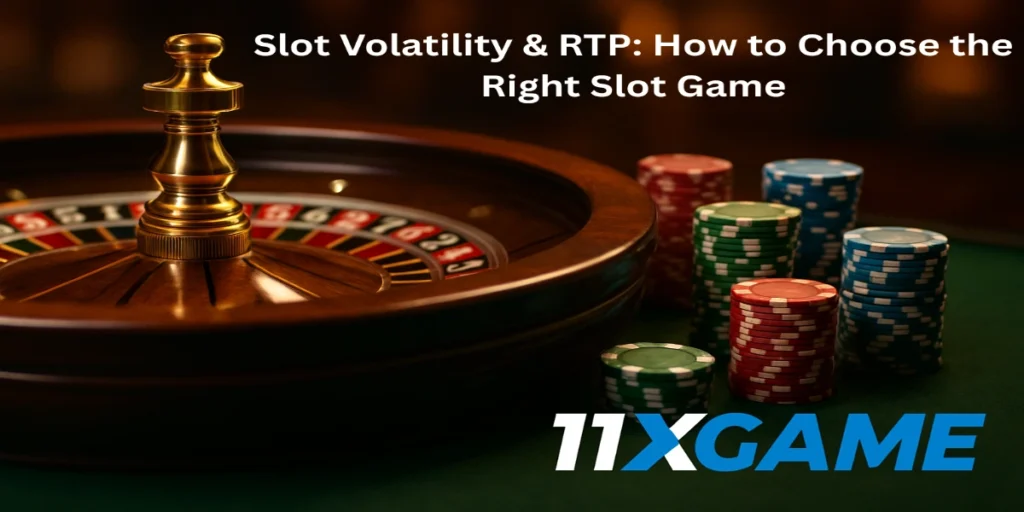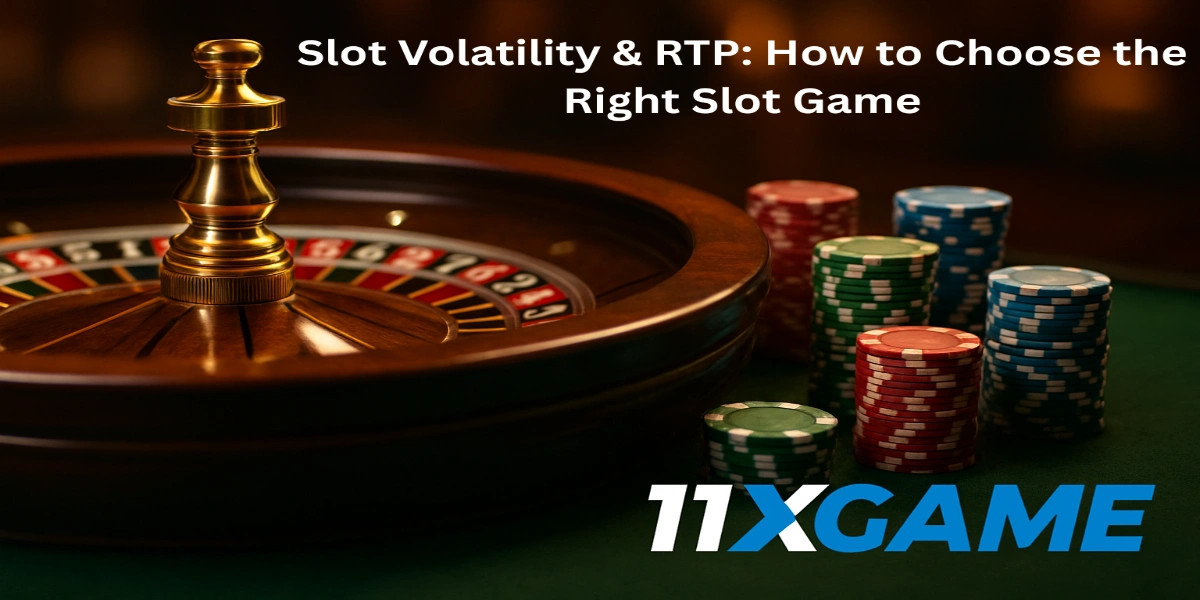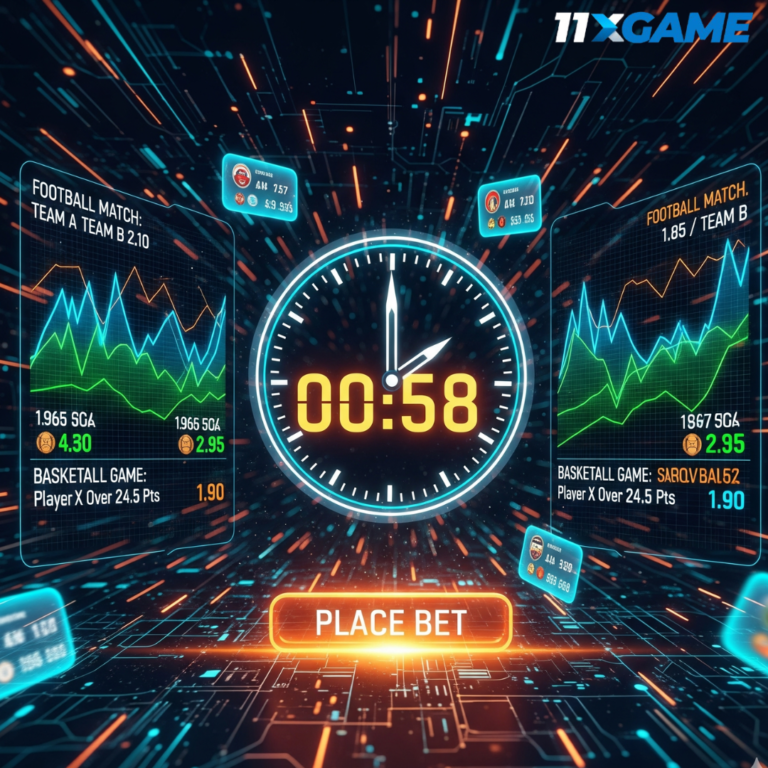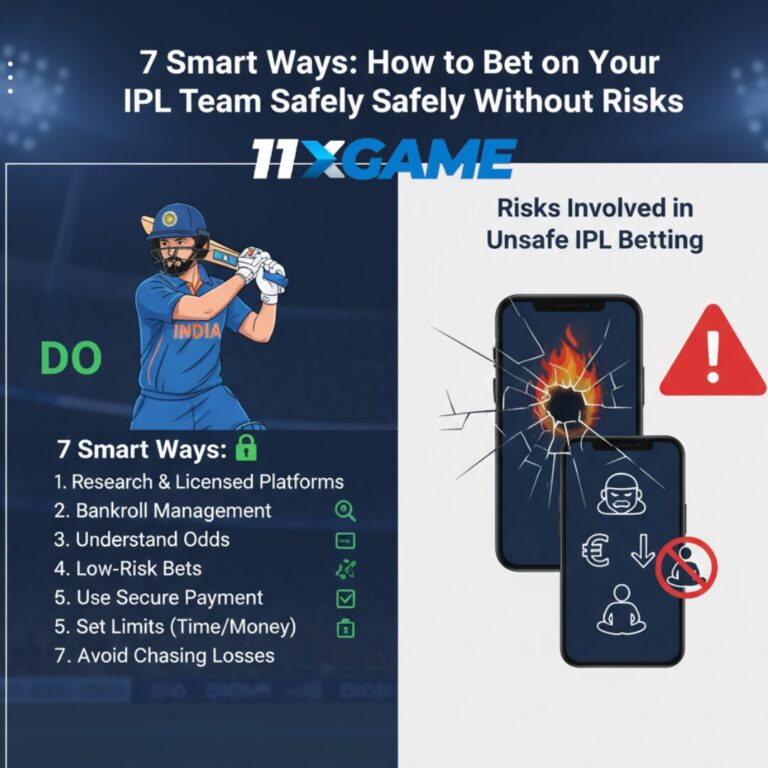🎰 Slot Volatility & RTP: How to Choose the Right Slot Game
Slot Volatility : Online slots are among the most popular casino games, attracting millions of players worldwide every day. They are simple, visually engaging, and offer the potential for big wins with a single spin. But not all slot games are created equal. Two critical factors separate casual slot players from informed ones: volatility (or variance) and RTP (Return to Player).
In this guide, we’ll break down what these terms mean, how they impact your gameplay and bankroll, and how to use them to pick the right slot games for your playing style. By the end, you’ll be able to approach slot machines strategically rather than relying purely on luck.
🎯 What is RTP (Return to Player)?
RTP represents the percentage of all wagered money that a slot game is designed to pay back to players over time. For example, a slot with 96% RTP will, in theory, return $96 for every $100 wagered — but this is calculated over millions of spins, not just a single session.

Why RTP Matters
- Higher RTP = Better Long-Term Value: A slot with 97% RTP will statistically return more money than a slot with 92% RTP.
- House Edge Indicator: The house edge is 100% – RTP. A 96% RTP slot has a 4% house edge, which is relatively player-friendly.
- Regulation & Transparency: Many reputable casinos display RTPs openly, allowing you to make informed choices.
🎲 What is Slot Volatility (Variance)?
While RTP tells you how much you can expect to win back over time, volatility tells you how often and how big those wins will be.
- Low Volatility: Frequent but smaller wins. Good for players who want longer playtime with fewer bankroll swings.
- Medium Volatility: Balanced gameplay with a mix of small and occasional big wins.
- High Volatility: Rare but large payouts. Best suited for risk-tolerant players seeking jackpot-level excitement.
📊 RTP vs. Volatility: The Key Difference
A common misconception is that high RTP means high payouts. In reality, RTP does not tell you about win frequency — that’s volatility’s job. You could have:
- High RTP + High Volatility: Great for long-term profit potential but may have long losing streaks.
- High RTP + Low Volatility: Good for steady play with fewer dramatic swings.
- Low RTP + High Volatility: Risky combination, more suited for players chasing massive wins.
🧠 How to Choose the Right Slot Based on Your Goal
🎯 Goal 1: Maximize Playtime
Choose low-volatility, high-RTP slots. These give frequent wins, allowing your bankroll to last longer. Ideal for casual players.
🎯 Goal 2: Chase Big Wins
Look for high-volatility slots with bonus features and progressive jackpots. Be prepared for long losing streaks but huge potential payouts.
🎯 Goal 3: Balanced Approach
Go for medium-volatility slots with decent RTP. You’ll get a mix of frequent wins and occasional large payouts.
🔍 How to Identify Volatility and RTP Before Playing
- Check Game Info: Most slot games list RTP in their info section.
- Read Reviews: Casino blogs and review sites often rate volatility.
- Test in Demo Mode: Play a few dozen spins for free to get a feel for win frequency.
- Look at Paytable: High-paying symbols with large multipliers usually mean higher volatility.
💸 Bankroll Management Tips for Different Volatility Levels
Low Volatility
- Bet slightly higher amounts since wins are frequent.
- Ideal for bonus wagering requirements.
Medium Volatility
- Use balanced bets (not too high or too low).
- Set clear session limits to avoid chasing losses.
High Volatility
- Bet conservatively to survive dry spells.
- Consider progressive jackpots only if you can sustain longer sessions.
🏆 Examples of Popular Slots by Volatility Level
- Low Volatility: Starburst, Blood Suckers, 1429 Uncharted Seas.
- Medium Volatility: Gonzo’s Quest, Book of Dead, Thunderstruck II.
- High Volatility: Dead or Alive II, Money Train 2, San Quentin xWays.
These examples can help you choose based on your preferred experience.
⚠️ Common Mistakes Slot Players Make
- Ignoring RTP: Many players choose slots based on theme alone without checking payout percentage.
- Underestimating Volatility: Players with small bankrolls often choose high-volatility games and lose too quickly.
- Not Setting Limits: Emotional play leads to overspending.
- Believing in ‘Hot’ Machines: Slots are RNG-based and have no memory.
(This article is for informational purposes only. Gambling involves risk. Please bet responsibly. Always check local laws before playing & follow the law.)
❓ FAQ
1. What is a good RTP for a slot game?
A good RTP is typically 96% or higher. Anything below 94% is considered poor for long-term play.
2. Which is better: high volatility or low volatility slots?
Neither is “better.” High volatility is for players chasing big payouts, while low volatility is better for steady, frequent wins.
3. How do I find a slot’s volatility?
You can check the game’s info section, read casino reviews, or test the slot in demo mode to observe win patterns.
For more educational resources and responsible gaming tips, visit 11xGame to stay informed and safe while enjoying your favorite sports






